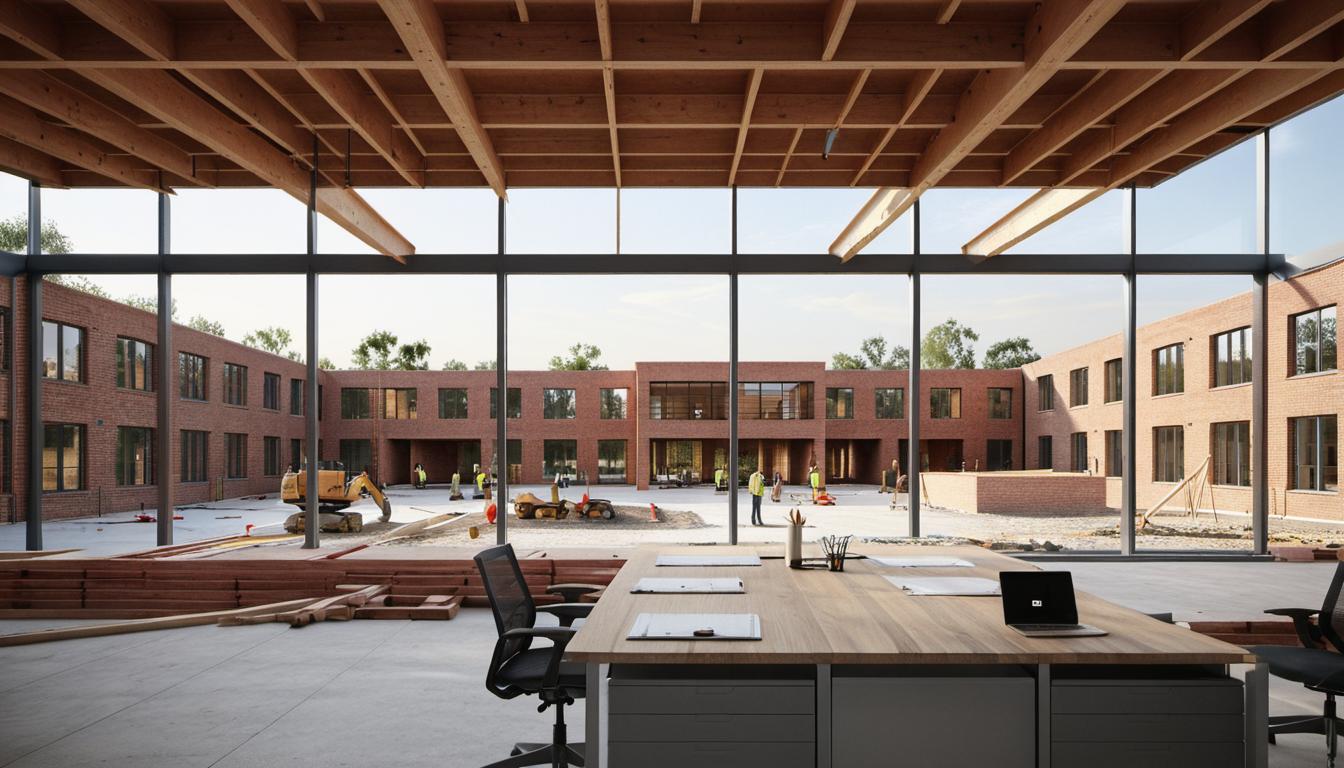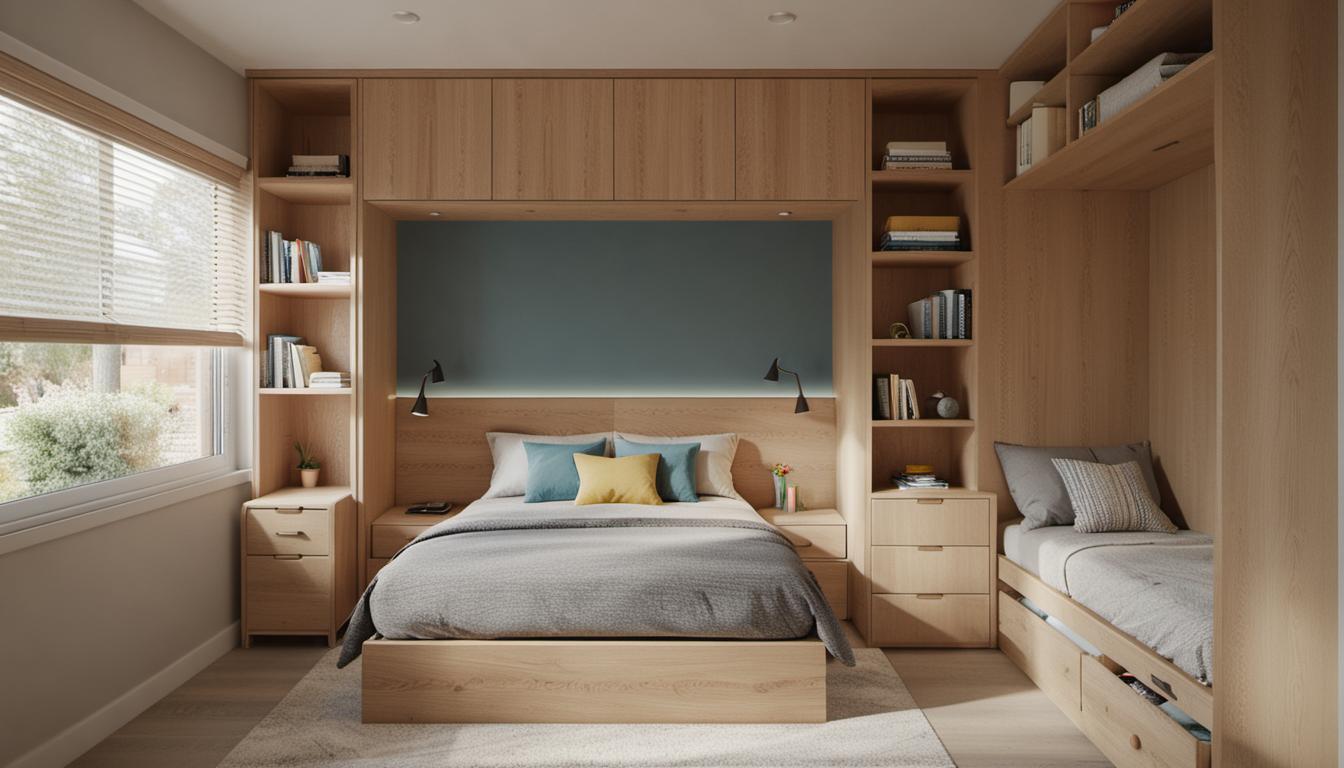Introduction
3D architectural rendering is carving a new path in the architectural and real estate sectors. This digital art that whisks us into the future allows visualisation of what spaces would look like, catapulting the industry into new realms. Today, we examine the key benefits of 3D architectural renderings in these fields.
Understanding 3D Architectural Rendering
This technique uses three-dimensional data stored within a computer to create photo-realistic images of architectural spaces. The real-time display of 3D data allows us to view images from any perspective, both externally and internally. 3D architectural rendering is fast becoming the go-to tool for architects and real estate professionals alike.
The Versatility of 3D Rendering
- One of the major advantages of 3D rendering is the unrestricted control over both external and internal light effects. This feature is not dependent on weather or natural lighting conditions, which are commonly an issue in traditional photography.
- It’s also an incredible tool for visualising future structures and spaces. It allows architects, interior designers and marketers to visually communicate and plan their designs without contributing to excessive costs or time delays.
Key Benefits of 3D Architectural Renderings
However, the benefits of this swiftly advancing technology aren’t limited to just digital control and future visualisation. The uses of this tool span far beyond, contributing immensely to several professional fields including architecture and the real estate industry.
Efficient Design Alterations
One substantial benefit is the efficiency of amendments. 3D rendering allows for modifications to designs in just a few mouse clicks, significantly lowering the time and money traditionally spent in the design process.
Cost-Effective Marketing and Branding
In marketing and branding, 3D rendering offers consistency by utilising digital colour schemes. It reduces the need for repeated on-site photos, saving significantly on the costs associated with marketing and branding campaigns.
Precision in Architectural Images
Furthermore, the precision control within 3D renderings commentates accuracy in early design stages. It can provide specific measurements within the rendering itself, leading to more realistic architectural designs.
Improving Communication and Understanding
Clarity in communication is paramount between architects, clients and stakeholders. 3D rendering presents visual projects in a comprehensible manner. Improving the method of communication, this tool leads to increased opportunities for project feedback and approval.
3D Rendering: An Essential Business Tool for Architects
In the age of digital dominance, the ability for an architect to incorporate 3D rendering into their projects has become increasingly significant. 3D rendering services, including the creation of an impressive portfolio, can make an architectural or interior design business more competitive.
Empowerment Through 3D Rendering
- 3D renderings can exceed client expectations, offer innovative solutions in a cost-effective manner, and yield swift results.
- Creating an impressive portfolio that includes visual depictions of potential and completed works attracts prospective clients. It testifies to the talent and skill of the architect or the design team.
Increase Online Presence with 3D Rendering
Sharing 3D designs online can expand the reach of architects to attract new clients and optimize workflow. It increases visibility for the design firm and enriches the possibility of more project opportunities.
FAQs about 3D Architectural Rendering
Still have questions? Here are some common queries related to 3D architectural rendering, along with the answers to them.
Question 1: What is 3D architectural rendering and why is it important?
3D architectural rendering is the digital process of creating lifelike images of architectural spaces using 3D data. Its importance lies in the ability to visualize and plan structures before they’re constructed, potentially saving time, money, and resources.
Question 2: How does 3D rendering impact the cost and time efficiency of a project?
3D rendering significantly reduces time and costs associated with design alterations. As modifications can be done digitally, the traditional method of rebuilding and remodelling is bypassed, leading to efficient time management and cost savings.
Question 3: What role does 3D architectural rendering play in marketing and branding?
3D rendering aids in maintaining brand consistency across all visual communications. By using digital color schemes, there is no reliance on constant site photography. This contributes to cost-effective marketing and branding campaigns.
Question 4: How does 3D rendering improve the understanding and communication between clients and architects?
3D rendering presents visual projects in a way that is easy to understand, enabling effective two-way communication between architects and clients. This increased clarity enhances the overall comprehension of the project, leading to prompt feedback and timely approvals.
Question 5: Why is a 3D rendering crucial in building an impressive portfolio for architects?
A visually impressive portfolio, enriched with 3D renderings, showcases the capabilities of an architect or a design team. It not only attracts potential clients but also provides them with a clear demonstration of both skill and talent.
Final Thoughts
The substantial advantages 3D architectural rendering brings to the architecture and real estate industries are unquestionable. This technology offers cost-effective solutions, enables easy visualization of future spaces, and considerably improves the efficiency of design processes. As we move towards a more digitised era, the role of 3D architectural renderings in these industries is set to grow, paving the way for more innovative and efficient design practices.






